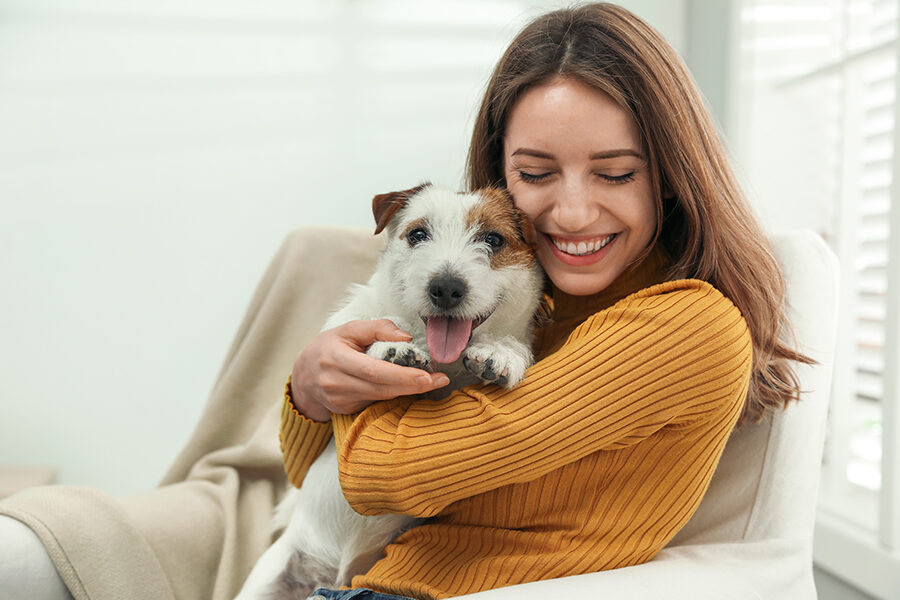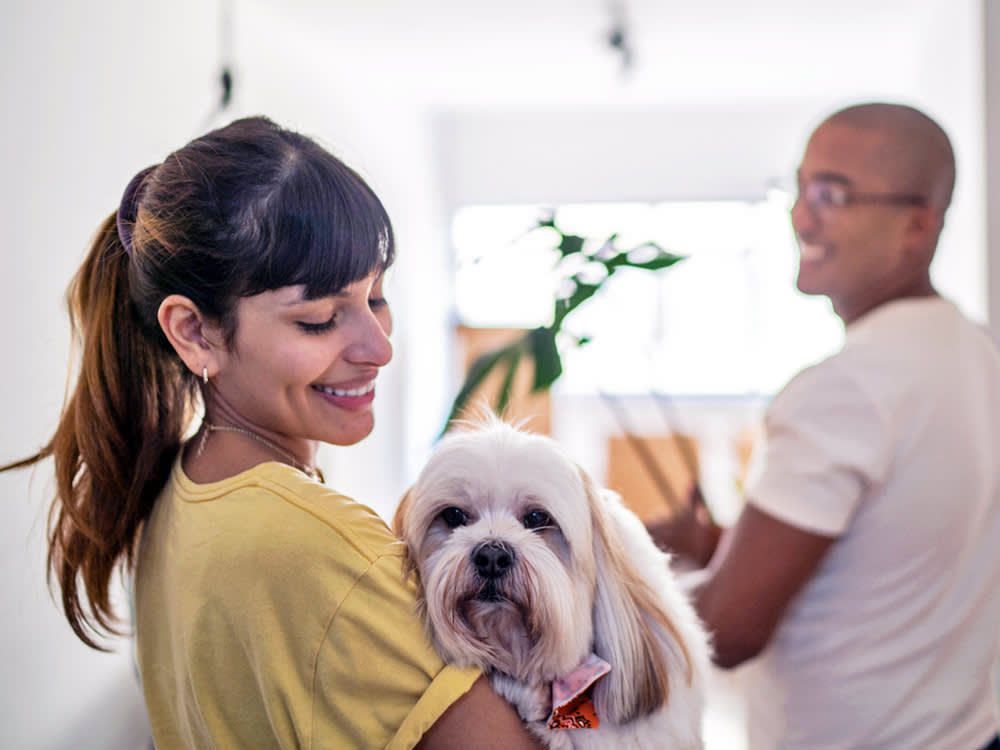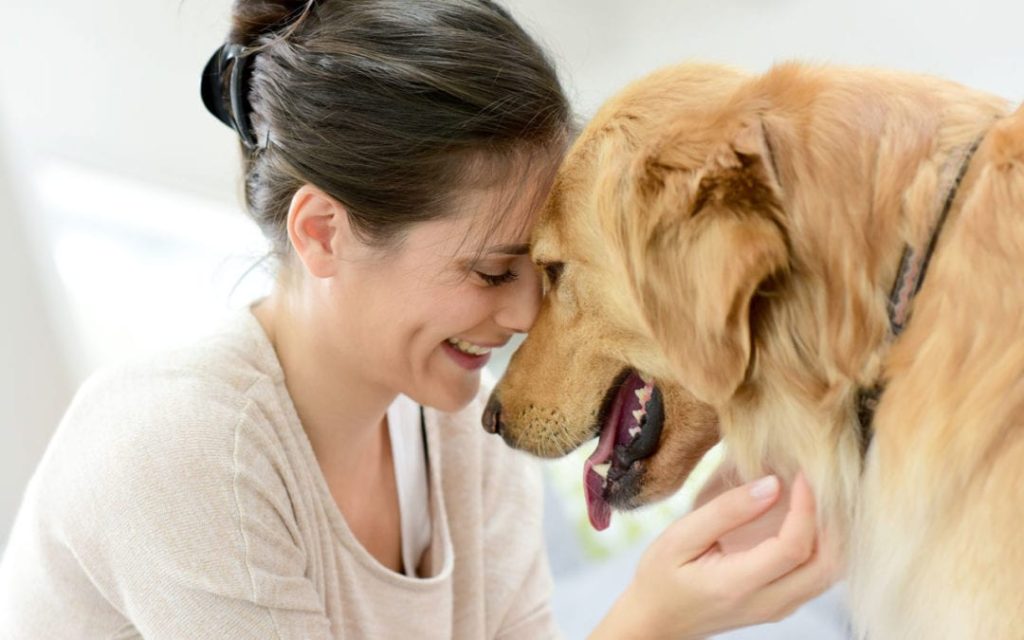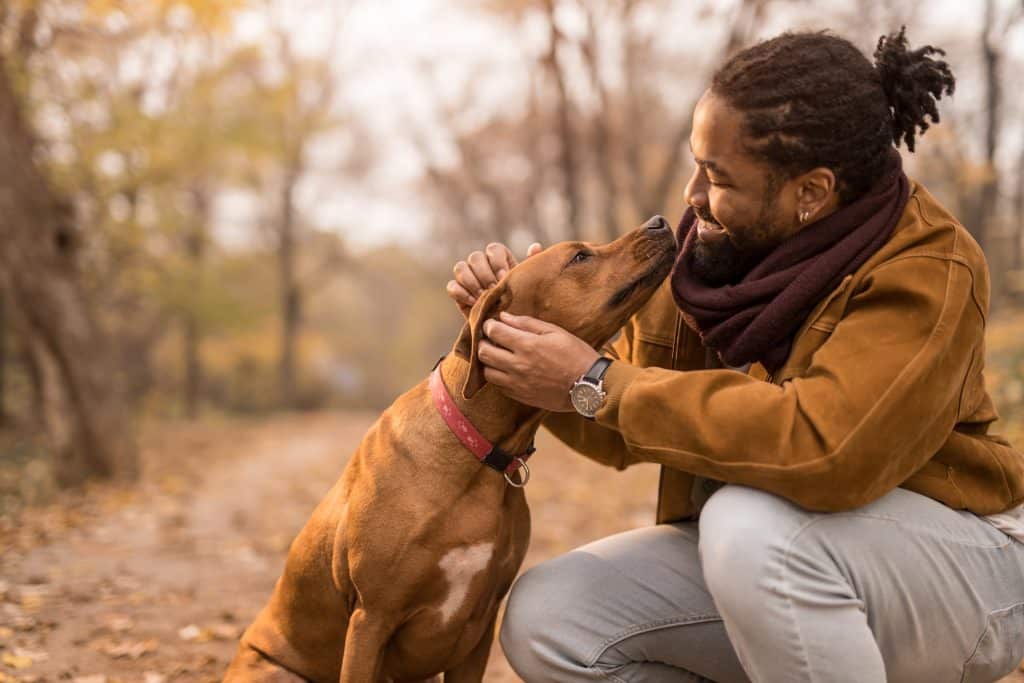Having a pet is one of life’s greatest joys, but building a strong, loving bond with your furry, feathered, or scaled companion requires more than simply feeding and providing shelter. Bonding with your pet is about developing trust, understanding their needs, and sharing meaningful experiences. Whether you’re a new pet owner or looking to strengthen an existing connection, there are several ways to deepen your relationship and ensure your pet feels loved and secure.
1. Spend Quality Time Together

The most fundamental step to bonding with your pet is dedicating time to be with them. Pets thrive on attention and companionship. For dogs, this may involve daily walks, playtime in the yard, or training sessions. Cats often enjoy quieter moments, such as gentle petting sessions, interactive play with toys, or simply sharing your space while you read or watch TV. Birds may appreciate sitting on your shoulder while you talk to them, and small animals like rabbits or guinea pigs often enjoy exploring safe, supervised spaces outside their cages.
Quality time is about engagement. It’s not just being in the same room—it’s about actively interacting. Use eye contact, gentle touch, and positive verbal reinforcement to communicate affection. This focused attention helps your pet feel valued and deepens their trust in you.
2. Understand Your Pet’s Body Language
Every species—and indeed every individual animal—has its own way of expressing emotions. Learning to read your pet’s body language is key to forming a strong bond. Dogs wag their tails to show excitement, but the position and speed of the wag can indicate different emotions, from happiness to nervousness. Cats may purr when content, but a swishing tail can signal irritation. Birds communicate through vocalizations, feather positions, and beak gestures, while small mammals use subtle movements and sounds to express themselves.
By observing and responding appropriately to your pet’s signals, you demonstrate empathy and respect, reinforcing the idea that you are a trustworthy companion. For example, if your dog seems hesitant about a new environment, calmly reassure them instead of forcing interaction. Similarly, if your cat walks away, respect their space and try again later.
3. Engage in Play and Enrichment Activities

Play is an essential bonding tool. It stimulates your pet mentally and physically while strengthening your emotional connection. Dogs enjoy fetch, tug-of-war, and puzzle toys that challenge their intelligence. Cats thrive on wand toys, laser pointers, and hide-and-seek games that mimic hunting instincts. Birds benefit from foraging toys, swings, and interactive games that keep their minds active. Even small animals like hamsters and rabbits enjoy tunnels, chew toys, and supervised exploration.
Enrichment activities not only prevent boredom and destructive behaviors but also show your pet that you are a source of fun and comfort. A pet that associates you with positive, engaging experiences will naturally seek your companionship.
4. Establish a Routine
Animals often feel more secure when they know what to expect. Establishing a consistent daily routine for feeding, walking, playtime, and rest helps your pet feel safe and builds trust. A predictable schedule reduces anxiety and creates opportunities for meaningful interactions. Over time, your pet learns to anticipate enjoyable moments with you, which strengthens your bond.
5. Practice Positive Reinforcement
Reward-based training enhances the connection between you and your pet. Use treats, praise, or affection to reinforce good behaviors. Training sessions provide mental stimulation, teach your pet to listen, and foster mutual respect. Avoid punishment, as it can damage trust and create fear. Instead, focus on encouraging desirable behaviors and celebrating successes, however small.
6. Provide Comfort and Care

Caring for your pet’s physical and emotional well-being is a vital part of bonding. Regular veterinary check-ups, proper nutrition, grooming, and safe living conditions show your pet that you prioritize their health and happiness. Comforting your pet during stressful situations, such as storms, vet visits, or changes in the environment, reinforces their reliance on you as a protective and loving figure.
7. Be Patient and Consistent
Building a strong bond takes time, especially with newly adopted or rescued animals who may have trust issues. Patience, consistency, and gentle affection go a long way in fostering a deep, lasting connection. Celebrate small milestones and recognize that each pet has a unique personality and pace of adjustment.
Conclusion
Bonding with your pet is a rewarding journey that enriches both your life and theirs. By spending quality time together, understanding their needs, engaging in play, maintaining a routine, using positive reinforcement, and providing care, you cultivate trust and affection that lasts a lifetime. A strong bond with your pet is not just about companionship—it’s about creating a relationship built on love, respect, and mutual understanding. When your pet feels safe, happy, and connected to you, the rewards of unconditional love and loyalty are immeasurable.



